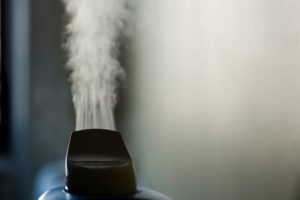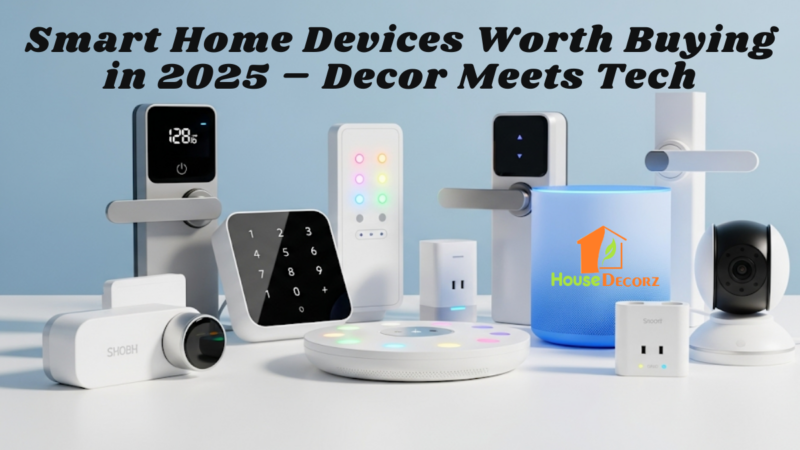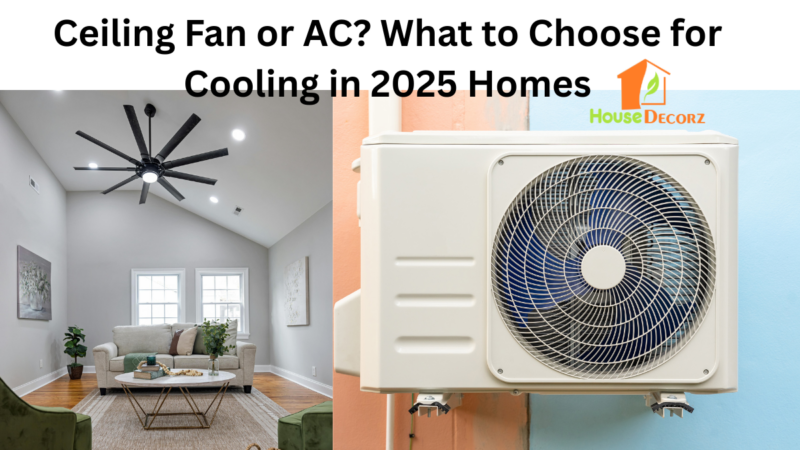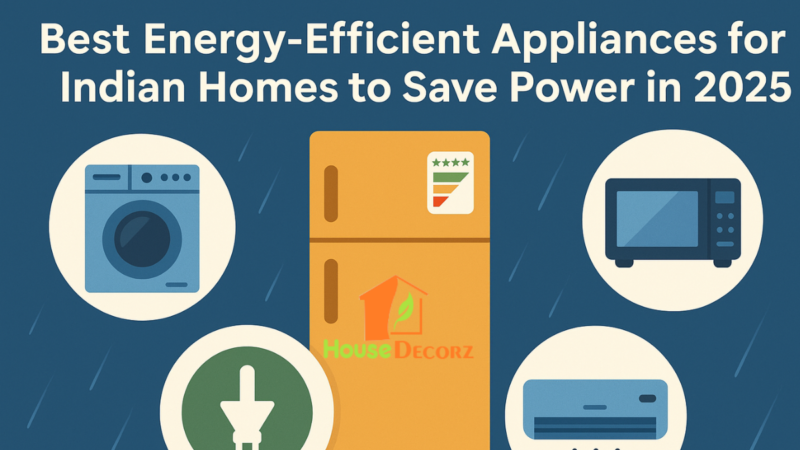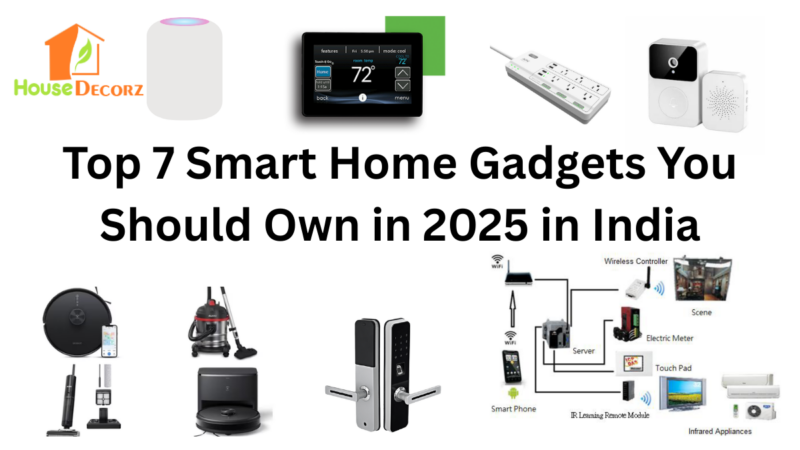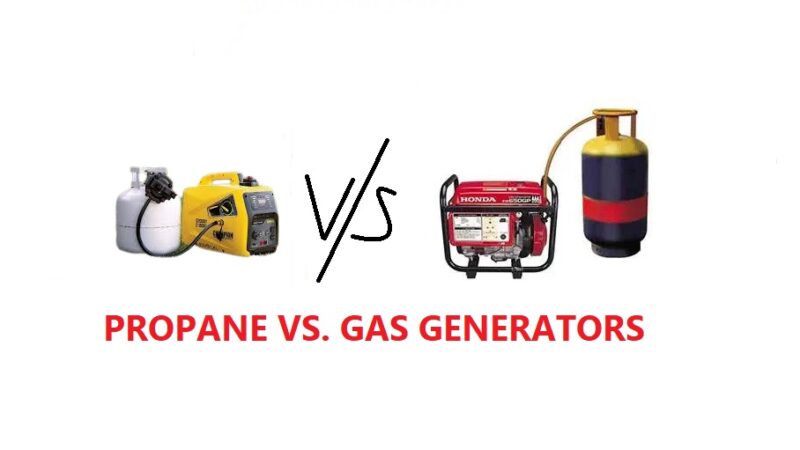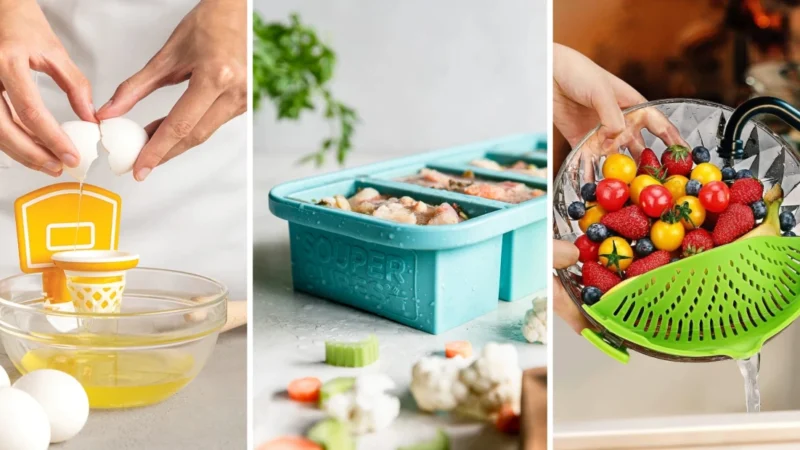Tips Before You Buy a Room Humidifier
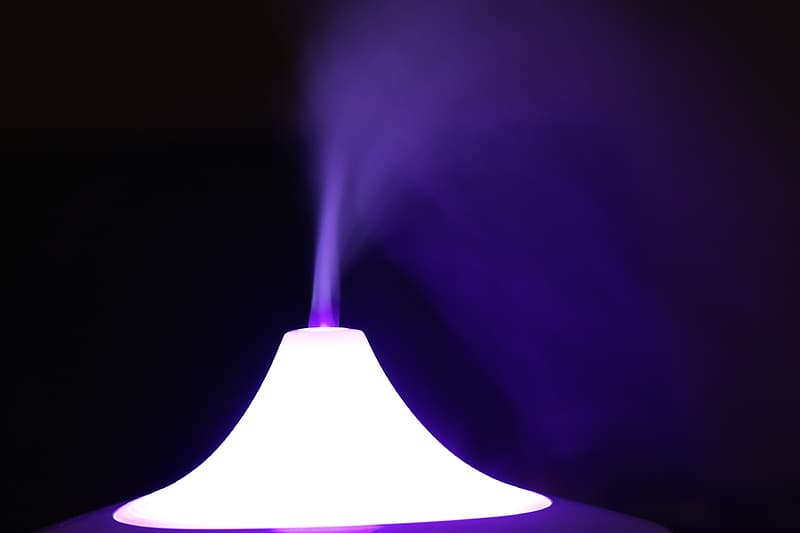
To make your shopping easier, we will give you some tips for buying humidifiers. If you are still confused about whether you need a humidifier for the room, then the first thing to do is you should measure the humidity level of that room using a hygrometer. Room humidifiers are inexpensive, and they monitor the air around you and maintain the optimum humidity level.
To control the moisture, review the moisture level of the room. It can be a daunting task to choose the right humidifier, and you might have a lot of questions in your mind. This humidifier buying guide will help you choose what you are looking for. If you want to know how to choose a humidifier or how to buy a humidifier, then read the tips mentioned below.
Types of Room Humidifier:
Cool Mist vs. Warm Mist
First, understand your needs and decide what type of room humidifier you want-cool mist or warm or a dual unit is more comfortable for you. If you are confused, then understand the difference between cool mist and warm humidifier.
A cool-mist humidifier helps in dispersing the water that is the room temperature in the form of mist, but a warm mist humidifier boils water before it disperses and also kills mold or bacteria present in the water before you breathe in the bacteria through the air.

Some people believe that a cool-mist is safe when you have young kids at home. There are some humidifiers that purify and humidify the air. These models are expensive but are worth the investment. When you maintain the humidity at home, you should control the moisture level because too much or too little both can be problematic.
Type of Humidification Processes
A humidifier uses two types of processes to generate steam or moisture. The most common is evaporative, and this is also the cheapest; the second method is ultrasonic, which produces fine water mist.
Any type of humidifier can be used for cool or warm mist models, but generally ultrasonic models are considered the safest because it does not produce mist by boiling the water. In this model, a humidifier does not contain hot water that could create problems in case the unit gets knocked over.
Personal, Console, Portable, or Flow-Through Bypass
A personal humidifier is a small portable humidifier of only 1 liter. You can take it along with you wherever you need it. This is great for personal use with a limited coverage area. A portable room humidifier comes in different sizes or capacities to fit small to large rooms and is commonly used in living areas and bedrooms.
A console humidifier is large in size and has a freestanding design with wheels on the unit. The console models have a large capacity and are more efficient; therefore, they are perfect for even the whole house.
One more type of humidifier is a flow-through bypass unit. This model can be installed in the duct system of the house.
Determine Capacity

It is very important to size the humidifier according to the room. Humidifier’s capacity is rated on the basis of coverage area in square footage. To determine the correct size of your room, take measurements. A 700 square feet model is perfect for a small room or a bedroom.
If you think that the humidifier is large in capacity for the room, then condensation will start to appear on the inside of the windows, and this could lead to the growth of mold and bacteria.
The capacity of the humidifier is mentioned on the packaging, but never confuse the level of moisture will be more than the capacity of the water tank. The capacity of the water tank should be considered while making decisions.
Controlling Moisture Output
Generally, most humidifiers control moisture on a very basic level with only two or three fan speeds variable, while other humidifiers have built-in hygrometer that indicates the level of moisture in the room and a humidistat that is used to set the unit on an on or off mode to maintain the proper moisture level.
If you do not want to manually maintain the moisture level in the room and adjust the settings to maintain this level, these built-in measurement features are very handy and are worth the extra cost you pay.
Refilling Convenience
Portable humidifiers are sold in different sizes of water tanks ranging from one liter to five gallons or even more. This gives a convenience factor. How often do you have to refill it? A 2-gallon water tank can run for 12 hours minimum on a low setting, but a 1-liter humidifier will require refilling in every eight hours.
If the unit is running in a high setting, the run time will substantially decrease, and also the dryness in the air is a major influential factor here. Product description or packaging denotes the run time of the unit.
Ease of Handling and Maintenance
In some models, water tanks are hard to remove and then refill again, whereas some water tanks lift off easily. Can a full tank weight be a problem for you? Before buying inspect if the water tank can be removed easily from the base of the unit.
Also, do not forget to check if the model will require to change filters, check if the filters are easily available and how convenient it is to change them.
Consider buying some filters at the same time when you are buying the humidifier; this will be convenient for you later, and also maintenance is very important to reduce unhealthy air and risk of bacteria.
Operation Noise Level and Settings
Be ready to have constant low operating noise in your house form the humidifier. If you are buying the unit for your bedroom, consider choosing one with a low sound or silent or night setting. A silent model is not completely quiet but still a bearable noise. You will sleep comfortably at night.
The unit should have at least two settings high and low. The ultrasonic humidifiers are the quietest of all because there is no need for boiling water, and the water is expelled as a very fine mist without any hissing sound.
Benefits of Changing Humidifier Filters
Mostly room humidifiers come with filters. Room steamer humidifiers have wick filters that can easily trap dust particles. Some models come with two-stage filtration that is important to get rid of allergens.
Mineral deposits in the water start forming because of the accumulated dust on the furniture of the room; however, some filters trap these dust deposits and also reduce the presence of dust present in the moisture that is expelled into the room.
People who are using hard water will be benefited from using distilled water in the humidifiers; this will reduce the chances of scale and mineral deposit buildup.
Safety Shut off and Other Features
Digital controls in the humidifiers offer convenience. Many models come with a safety feature in which the unit shuts down automatically whenever the reservoir gets empty- this is a must-have feature. If you cannot find it in the product description of the unit, you must, as the seller.
If it does not have the feature, you will always have to remember to shut it down when it runs dry without water reserve. One more great feature is the built-in humidistat that is used to regulate the operations of humidifiers to maintain the humidity level in your home.
Regular Maintenance and Warranty
No matter what design, every humidifier unit needs regular cleaning to stop bacterial growth. You should check the product description because some models have dishwasher safe water reservoirs, which become easy to clean. The base of the humidifier requires cleaning regularly.
The units generally come with a one year warranty, but some might also come with longer periods. These humidifier units are affordable, and it is economical to get them replaced rather than getting service done after the warranty expires.
More About Buying Air Quality Appliances
In case the humidifier comes with a built-in hygrometer, it is important to monitor the moisture level of the home using a separate hygrometer all year. It is not weird to require a humidifier for your home to add moisture during the winters along with the heating system.
However, during the fall and spring weather, a dehumidifier is required to remove the excess moisture level from some areas of the house.

